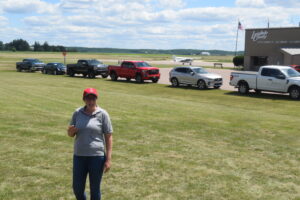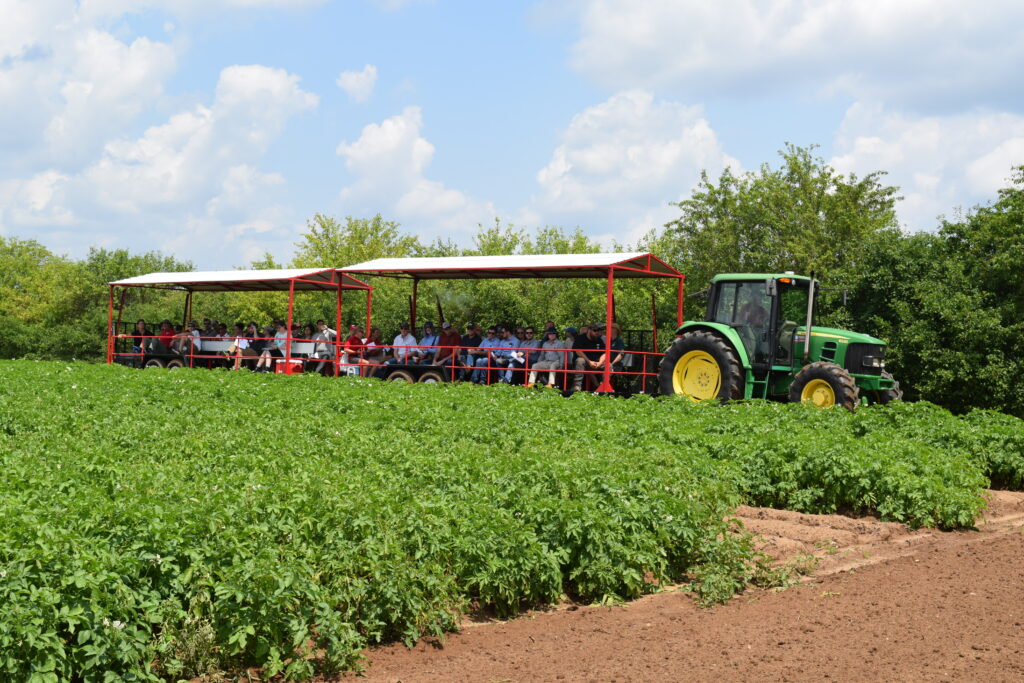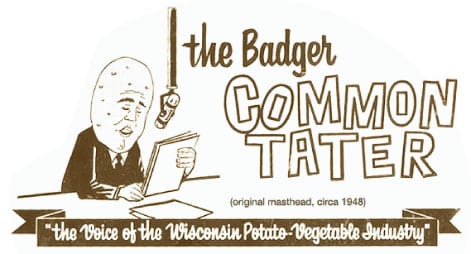Researchers shared trial results at Hancock and Langlade County agricultural research stations
By Joe Kertzman, managing editor, Badger Common’Tater

Held exactly one week apart, the Hancock Agricultural Research Station (HARS) and Antigo/Langlade County Agricultural Research Station (LARS) field days drew nice crowds, July 11 and 18, respectively.
With the University of Wisconsin (UW) potato and vegetable research program highly respected across the country, the field days provide an excellent opportunity to share findings and results from ongoing trials occurring at the stations.
The HARS Field Day kicked off with a welcome and introductions from two UW-Extension specialists, Guolong Liang and Natasha Paris, the latter of whom says her job is to help farmers increase sustainability and profitability. Liang is a water quality specialist.
They introduced Steven Hall, a new UW-Madison assistant professor and Extension specialist whose work in the Central Sands is related to farm-scale nitrate leaching, capturing nitrates, scaling up measurements, and tying up extra nitrogen. Hall wore a T-Shirt reading “Stop Treating the Soil Like Dirt.”
UW Storage Research Facility Manager Amber Walker gave an update on recent hires and infrastructure overhauls before sending wagonloads of field day attendees off to the research plots for presentations.
UW-Madison Associate Professor Yi Wang, Department of Plant and Agroecosystem Sciences, provided a fascinating presentation on “Using Precision Agriculture Techniques in Vegetable Crop Production,” particularly in the areas of artificial intelligence, and hyper- and multi-spectral imaging.
Attendees enjoyed seeing a 100-pound robot that Wang’s team acquired this year that is the perfect size for scouting snap bean and green pea fields. She outfitted the droid with orange Crocs™ so its lower appendages would’t damage the soil, and even while wearing shoes, it can hop and turn.
Wang also set up a tent at the research station so people could see a live demonstration on the newest in drone operation and imaging, including three-dimensional imaging of underground crops like beets, potatoes and sweet potatoes.


